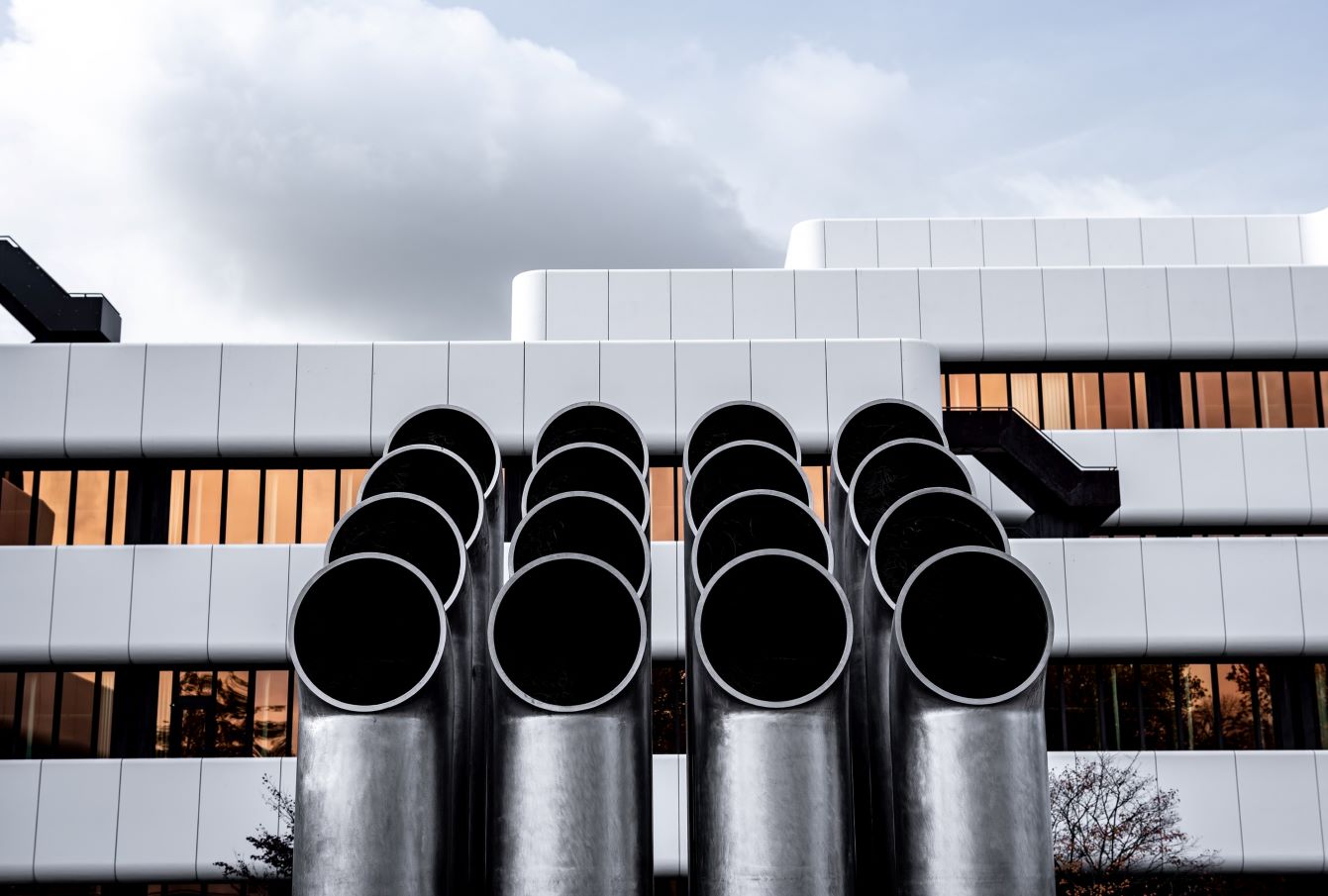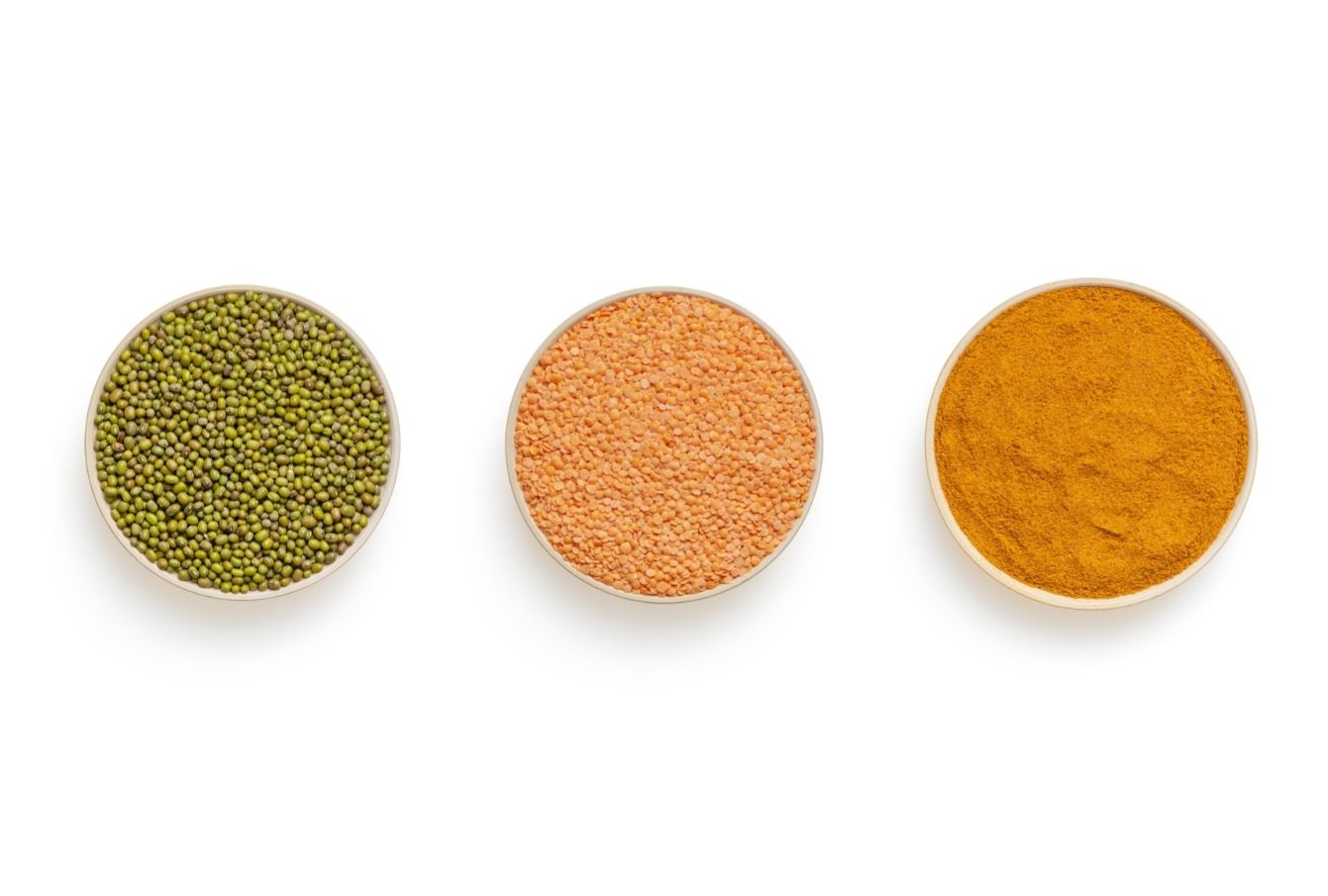 Sustainable Building: Which circular materials are taking hold in Italy?
Sustainable Building: Which circular materials are taking hold in Italy?
Reducing the environmental impact of construction is essential for combating the climate crisis. Begin with the materials you’ll be using. There are already many eco-friendly alternatives available: circular materials.
The building sector involves a vast quantity of raw material extraction. Moreover, it is the largest energy consumer in Europe. In fact, it is responsible for 40% of the total EU consumption and 36% of CO2 emissions in the EU.
Reducing the environmental impact of construction is essential to counter climate change. Therefore, planning the sustainable development of the sector is critical. Starting from the materials used. Currently, there are many eco-friendly alternatives available. They represent the foundations of green buildings.
Sheep’s wool
Sheep’s wool is an excellent thermal and acoustic insulator. In fact, this fibre guarantees superior performance for the climate control of buildings. Furthermore, it repels water and absorbs moisture, lowering the risk of condensation.
Mushroom mycelium
It is a valid alternative to chemical foams for the thermal insulation of buildings. The mycelium grows inside the wall. As soon as it dries out, it creates an internal barrier capable of sealing each crack. Moreover, it is a fireproof compound.
Hemp
Hemp can insulate mats to insert into building walls or floors. Indeed, it helps to insulate interior spaces and can be used as a hemp-lime biocomposite. Moreover, the hemp cement is helpful for load-bearing walls, panels, or plaster.
Cork
This material is mainly used in homes with humidity and condensation issues. It acts as a thermo-acoustic insulator, therefore its panels can be used for thermal coating or as floor insulation.
Developing a Circular Economy in the Architecture & Design sector
Circular building design could reduce the environmental impact of buildings. Moreover, it helps to lower the pressure on natural resources. By adopting a circular approach, the construction industry can reduce the usage of virgin materials. Besides, it helps reduce the amount of waste generated.
The Ellen Macarthur Foundation predicts that a circular scenario for the building sector could reduce global CO2 emissions by 38% by 2.0Gt in 2050.
Moreover, organizations such as ARUP and the Green Building Council are working on the transition to a circular approach in this sector.
Contact us for more information about innovative materials in the Architecture & Design industry!





